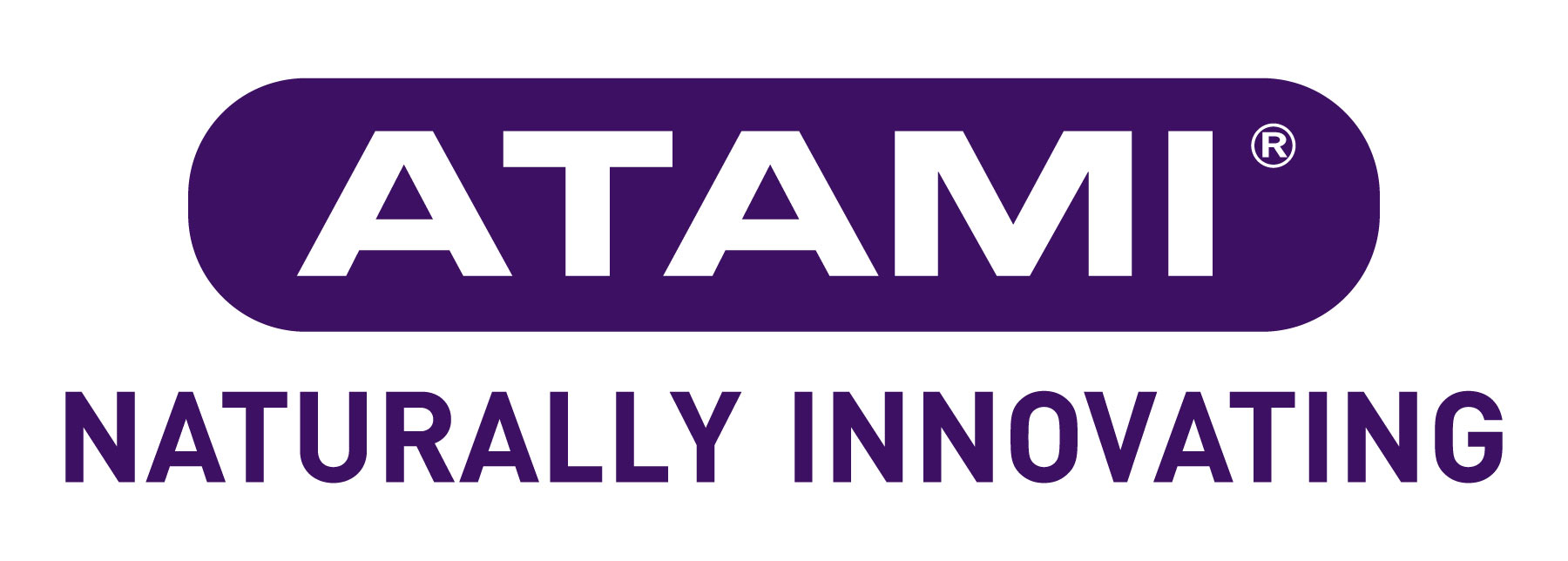LED Grow lights: Cutting through the Hype
- In the ever-evolving world of indoor horticulture, LED grow lights have taken centre stage. They promise to be the game-changer in modern gardening, offering energy-efficient plant cultivation solutions year-round. However, navigating the LED grow light market can be daunting, with many options and technical jargon to decipher. In this blog, we will cut through the hype surrounding LED grow lights and shed light on the key factors that truly matter when making your selection.
Diode Brands: Not the Sole Factor
When choosing LED grow lights, the brand of diodes is often touted as a critical factor. Recognizable brands like Samsung or Osram do offer high-quality diodes with top-tier performance, but they come at a premium price. However, don't dismiss lesser-known foreign manufacturers; they can provide similar high-specification diodes without the hefty price tag. It's important to look beyond the brand and consider other vital aspects.
Technology Advancements
LED technology is in a constant state of evolution. Newer models from lesser-known manufacturers may outperform older models from established brands. Some manufacturers may advertise the use of top-notch diodes like OSRAM, but they might be employing an inferior model compared to an unknown brand diode designed explicitly for horticulture, offering superior performance. Always keep an eye on the latest advancements in LED technology.
Customization Options
One of the advantages of LED grow lights is their customization options. Some LED fixture manufacturers offer tailored diode board options, allowing growers to fine-tune the light spectrum to their plants' precise requirements. For example, an LED fixture can incorporate various diodes, including white, red, far-red, and UV diodes to provide a full spectrum tailored to your plant's needs.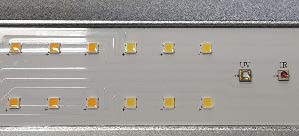
Cost Considerations
While well-known diode brands come with a premium price tag, lesser-known manufacturers can offer competitive pricing without compromising on quality and performance. Don't assume that higher cost always means better performance; it's crucial to evaluate the product's overall value.
Key Performance Indicators: PPF and PPFD
Understanding key performance indicators is vital when assessing LED grow lights. Photosynthetic Photon Flux (PPF) measures photon output in the PAR range of 400-700nm, while Photosynthetic Photon Flux Density (PPFD) quantifies the amount of light captured on a surface. Both metrics are crucial for gauging a fixture's performance, and uniform PPFD is especially important for consistent plant growth at different heights.
Heat Control: Vital for Diode Performance
Proper heat dissipation is essential to maintain optimal diode temperature. Dimming capabilities can reduce power consumption, lower diode temperatures, and increase efficiency. Additionally, the design of the diode board circuit and the choice of driver are critical for achieving peak performance.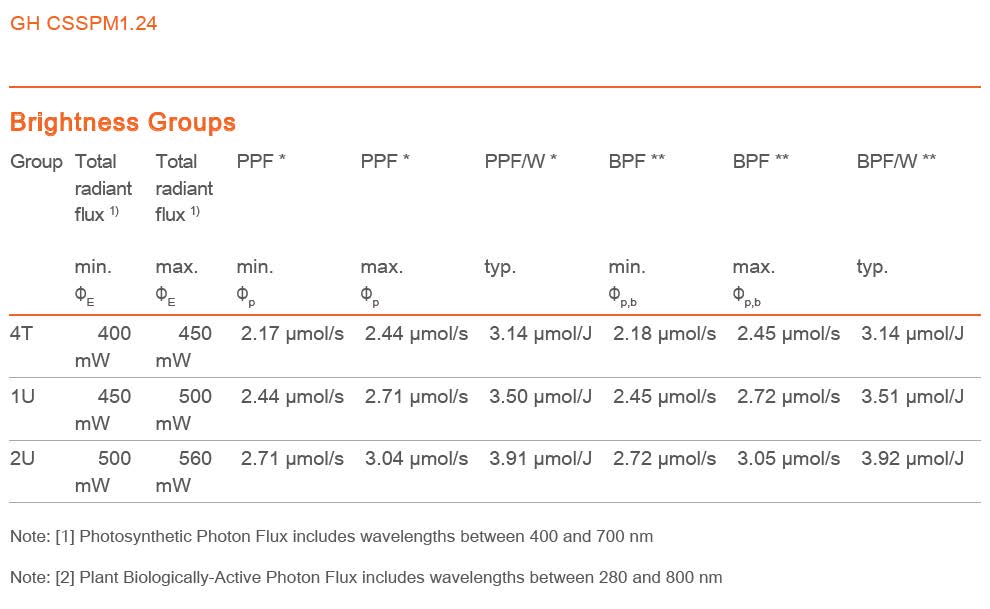
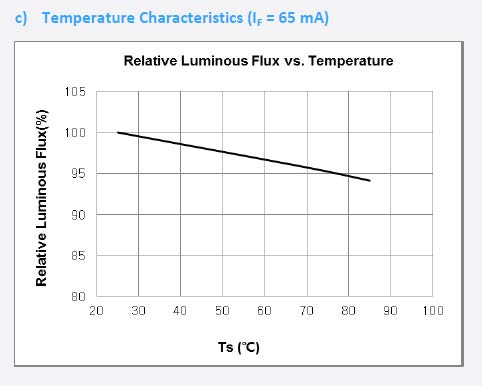
Diode Bins and Driver Efficiency
Different diode bins have varying specifications, with top bin diodes offering the best performance. Manufacturers can only guarantee a certain percentage of each bin, making third-party testing crucial for confirming performance consistency in fixtures. Driver efficiency is another critical factor, as it directly affects the power delivered to the diodes. A well-designed fixture should consider various electrical parameters for optimal performance.
The Ideal LED Fixture
To make an informed choice, look for LED fixtures that meet specific criteria:
- Efficacy > 2.5μmol/J: Get more light for less power. - - Fixture Driver Efficiency > 92%.
- - Full Spectrum Light Output with Spectral Quantum Distribution (SQD).
- - High IP rating for durability.
- - Labelled with the Regulatory Compliance Mark (RCM) to ensure compliance with Australian Electrical Standard AS/NZS 4417.
General PPFD Guidelines
Understanding the appropriate PPFD levels for different growth stages is crucial:
- Propagation: 20-100PPFD.
- Early Veg to Mid Veg: 100-300PPFD.
- Mid Veg to Late Veg: 300-600PPFD.
- Early Flower to Mid Flower: 600-900PPFD.
- Mid Flower to Late Flower: 900-1200PPFD.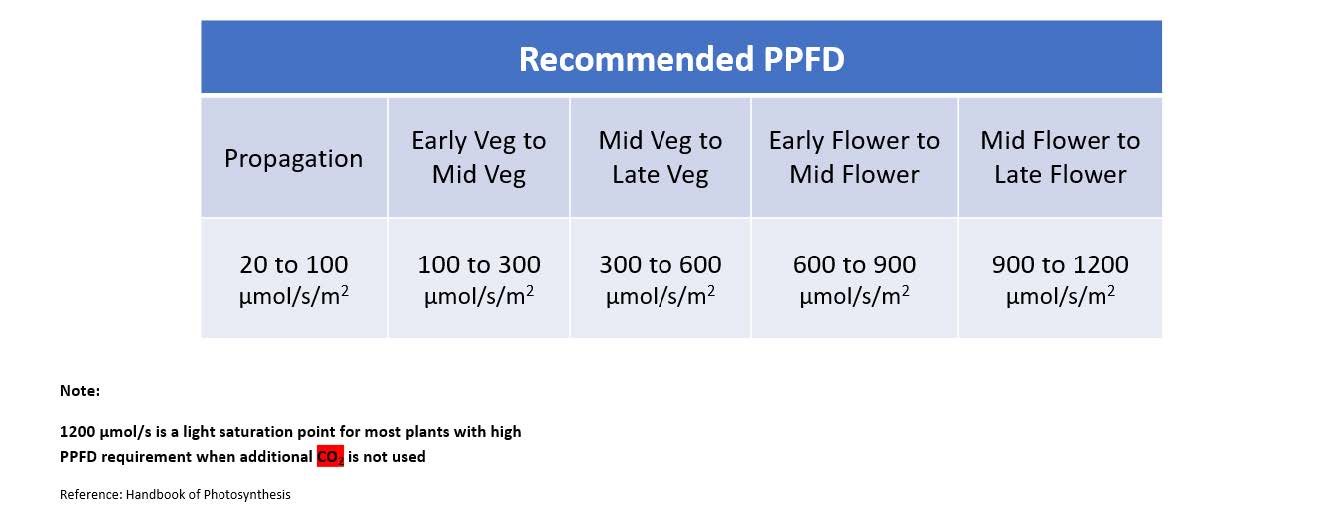
Quality Components: Enhance Reliability and Longevity
Lastly, pay attention to the importance of the overall design, including switches, plugs, wiring, hanging and mounting options, IP rating, fixture size, and bar design. These factors collectively contribute to the reliability and longevity of your LED grow light.
In conclusion, when it comes to LED grow lights, it's essential to look beyond the brand name and delve into the technical details that truly matter. By considering factors such as diode quality, customization options, cost-effectiveness, and key performance indicators, you can make an informed decision and ensure successful plant growth in your indoor garden. LED grow lights have the potential to revolutionize your gardening experience, but only if you choose wisely.







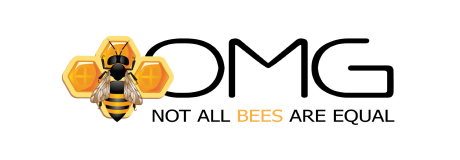
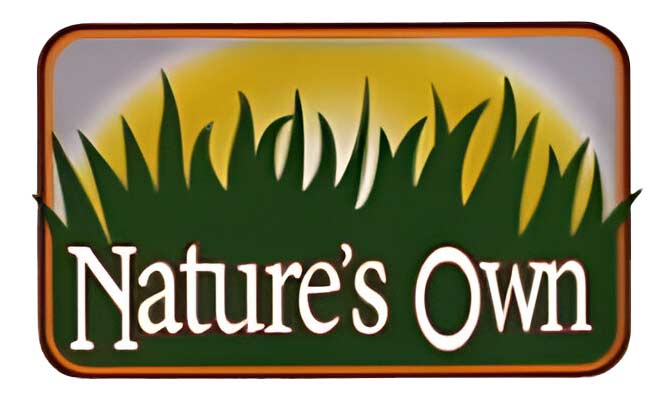

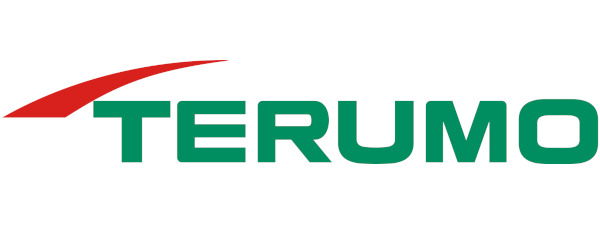

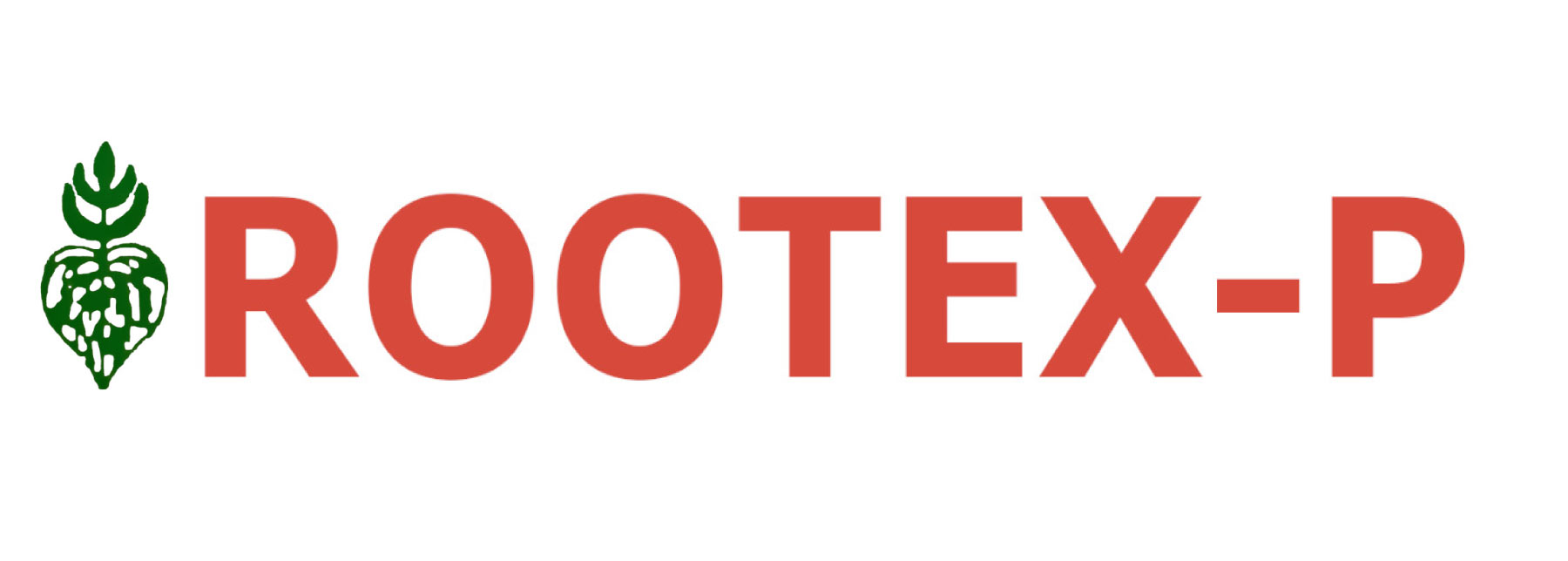

















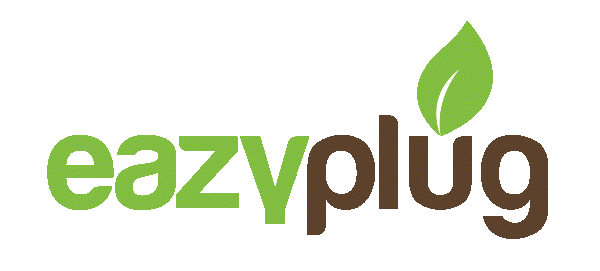


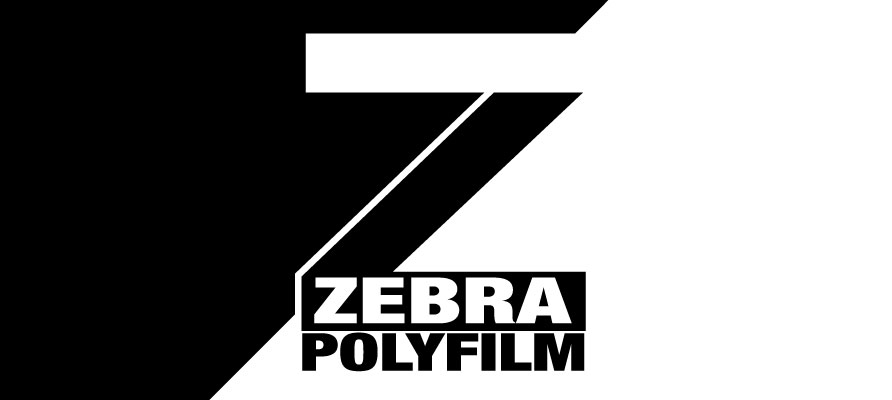


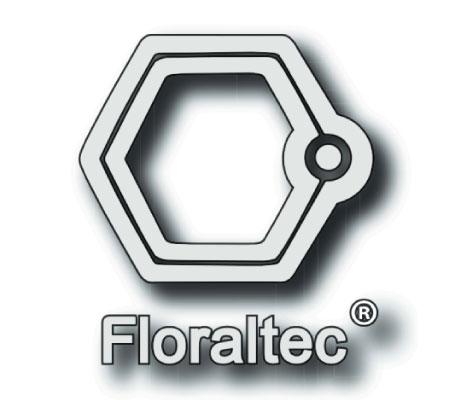

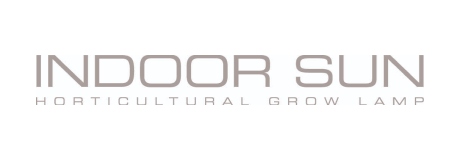







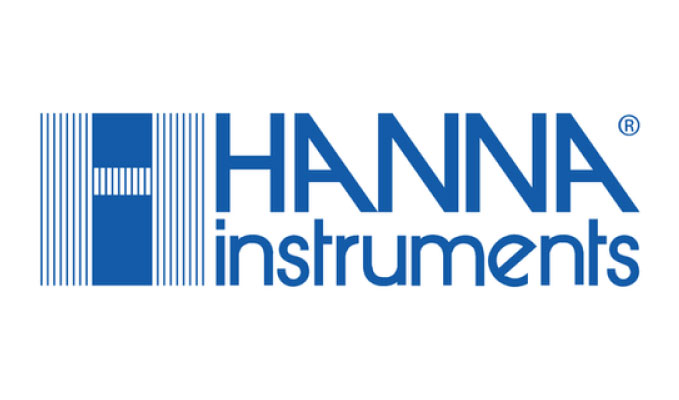


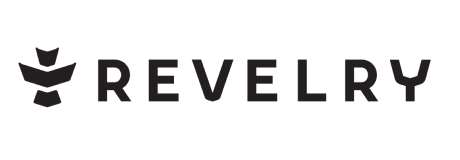













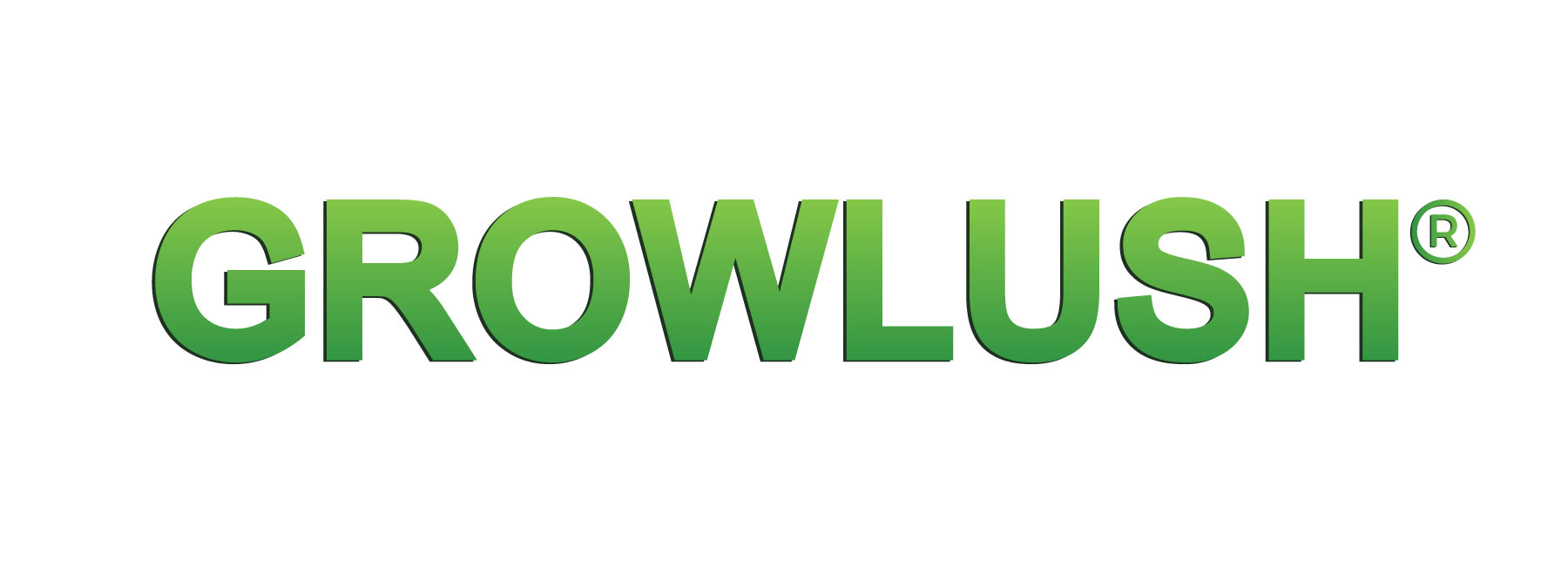
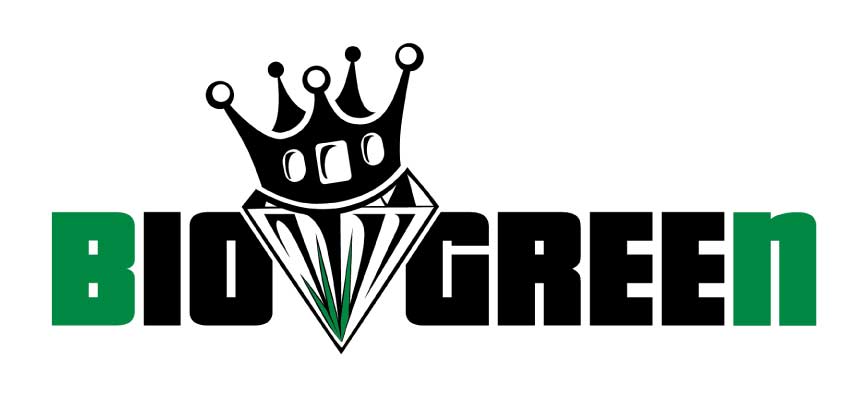





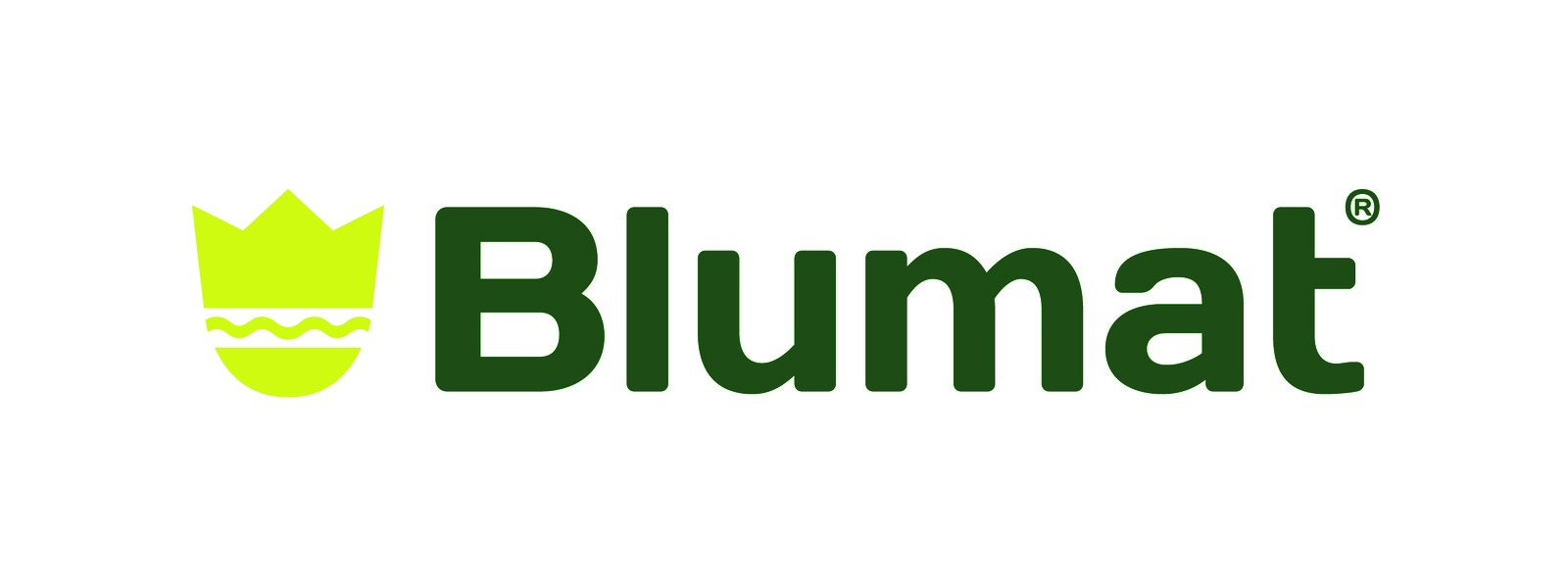
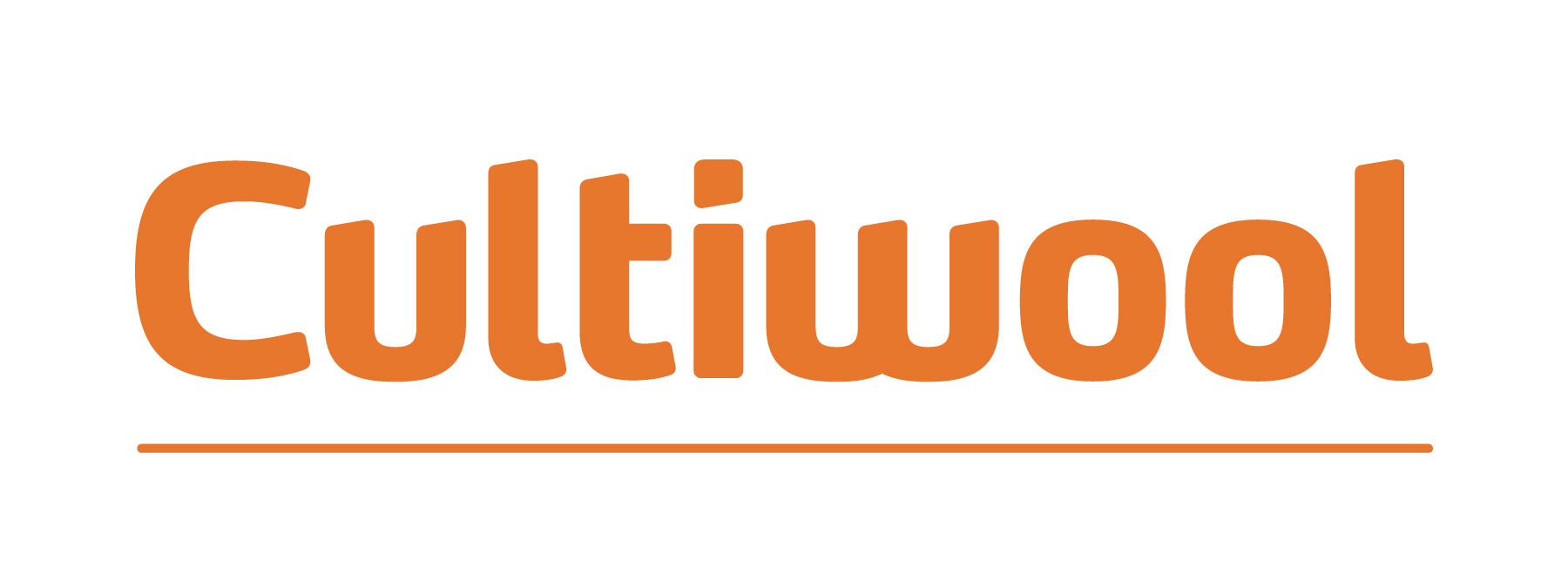




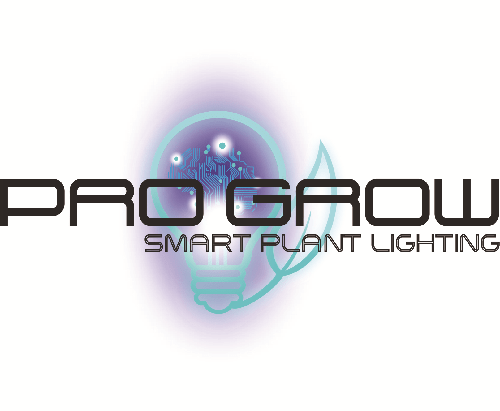


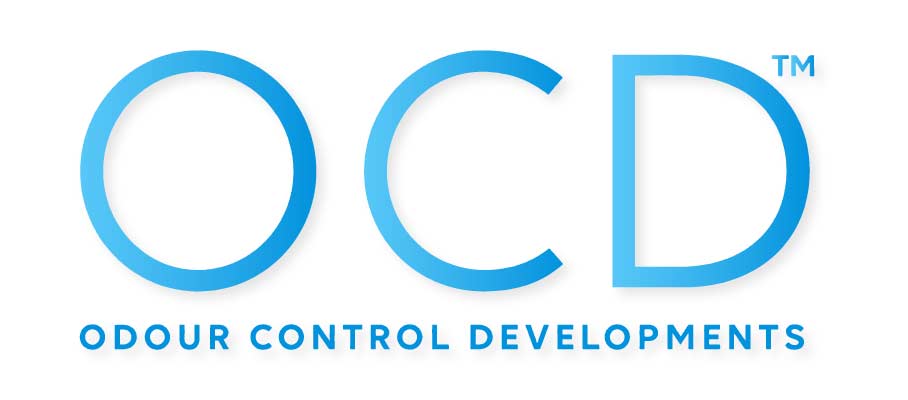

-hyalite.jpg)




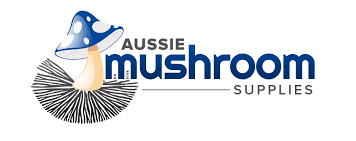
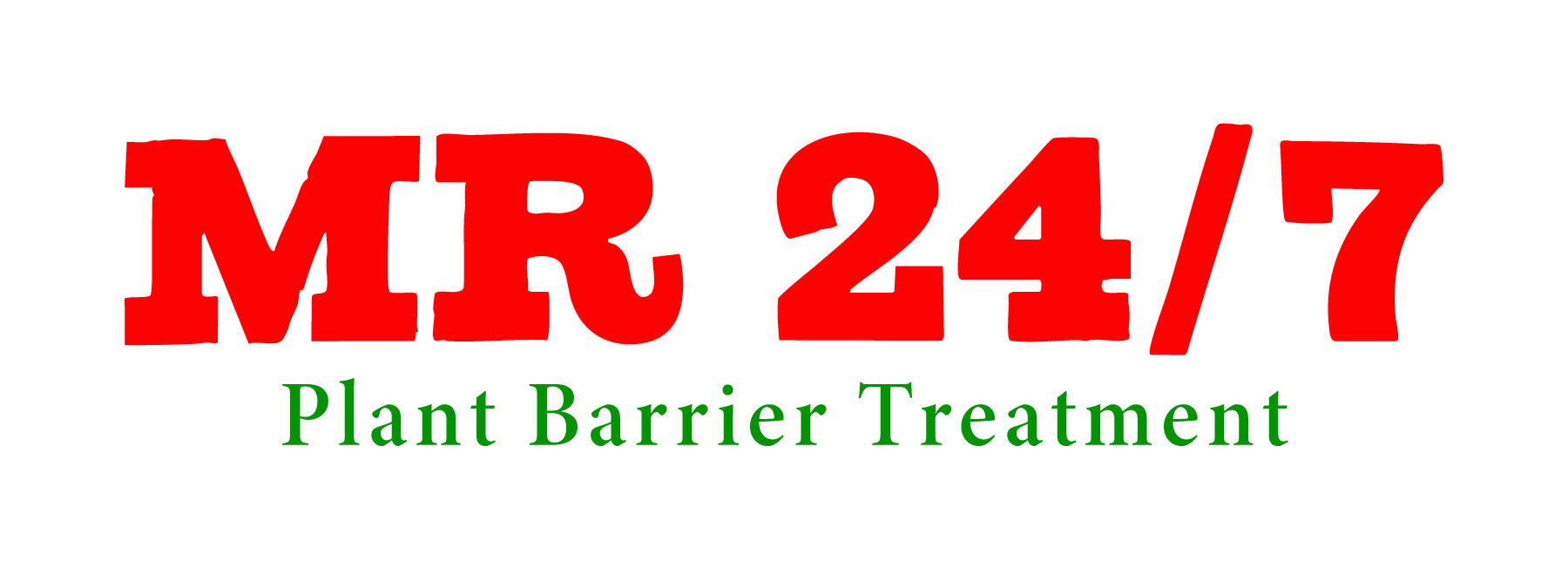






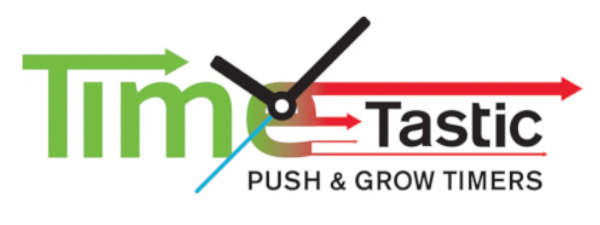




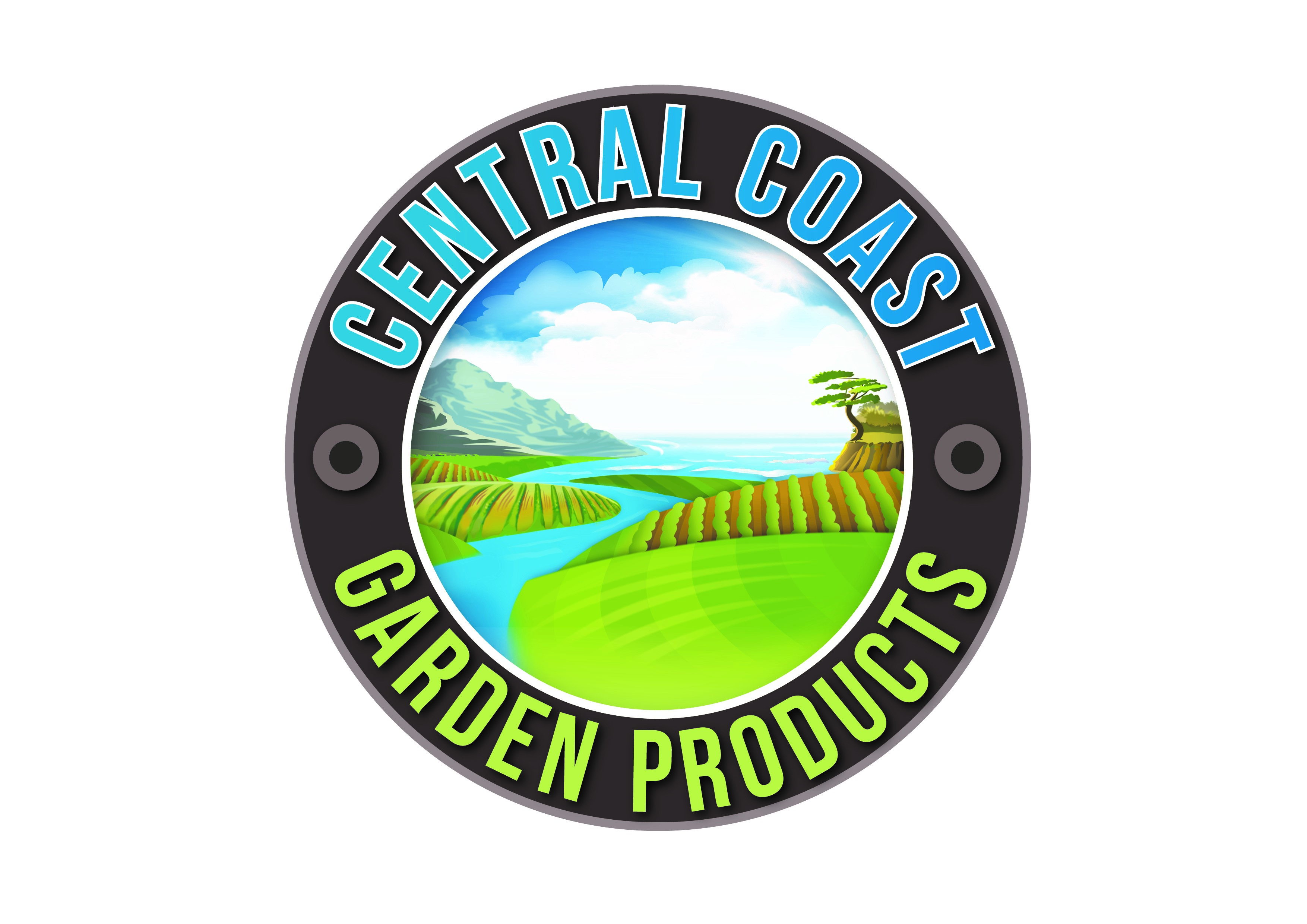


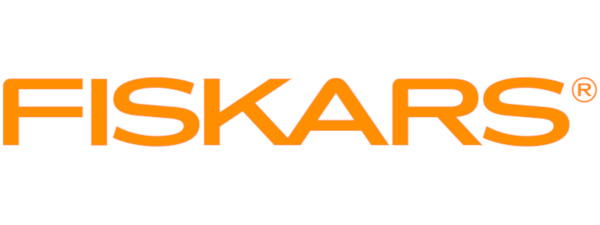




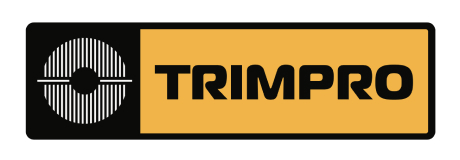

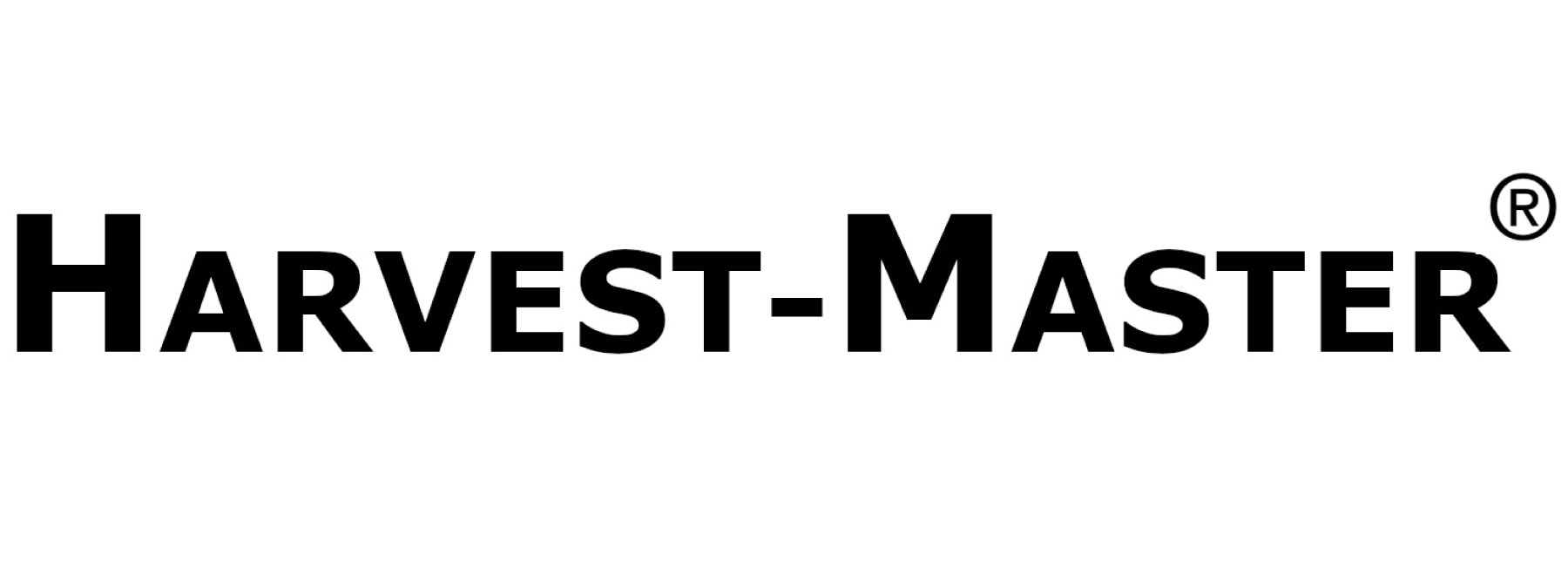





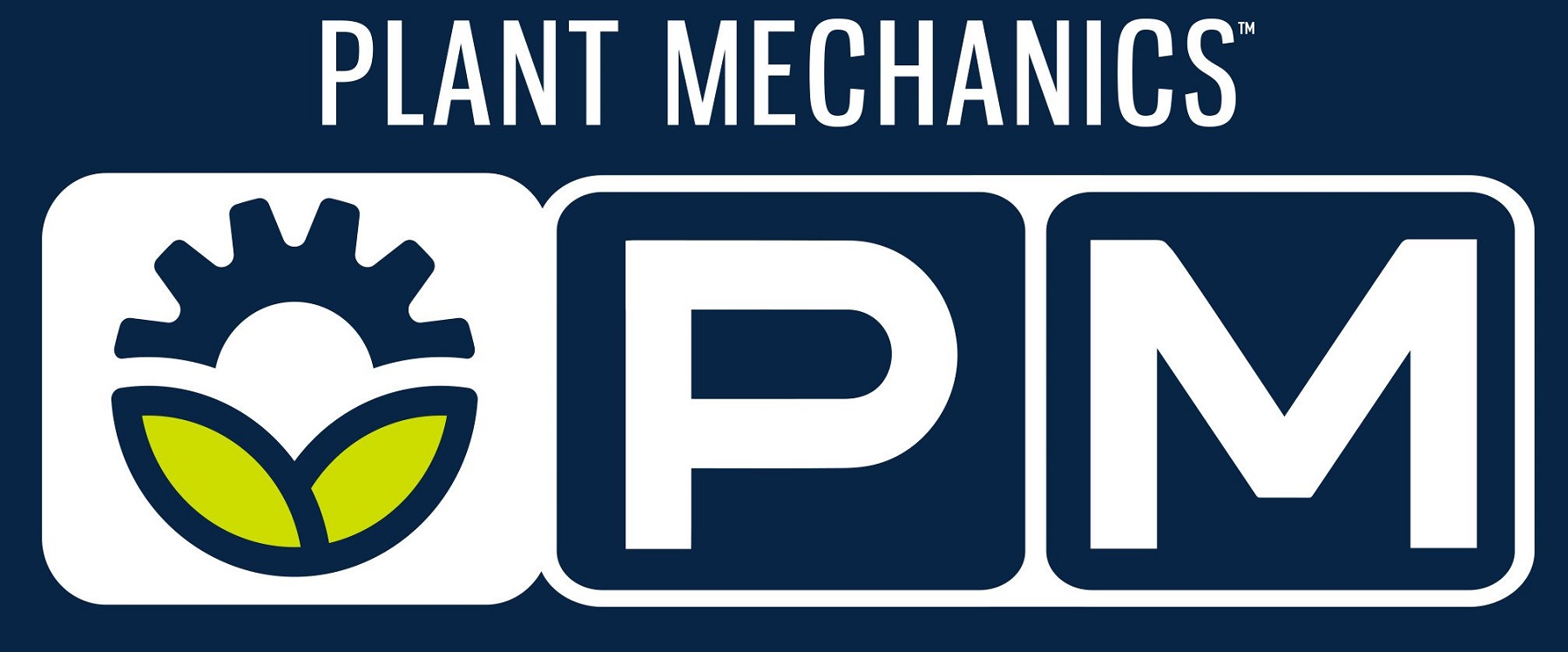



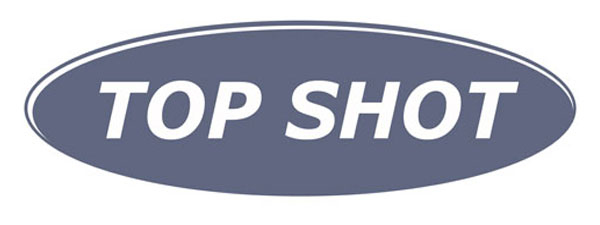







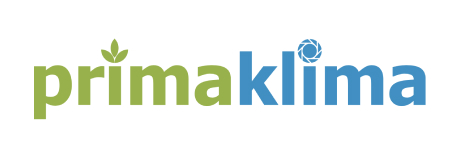






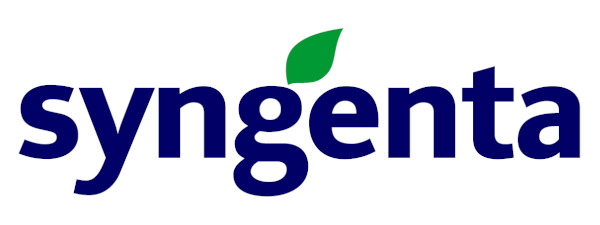
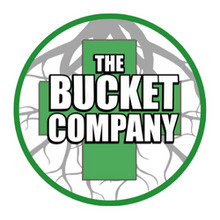
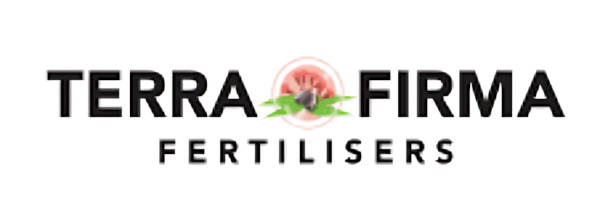

-logo.jpg)

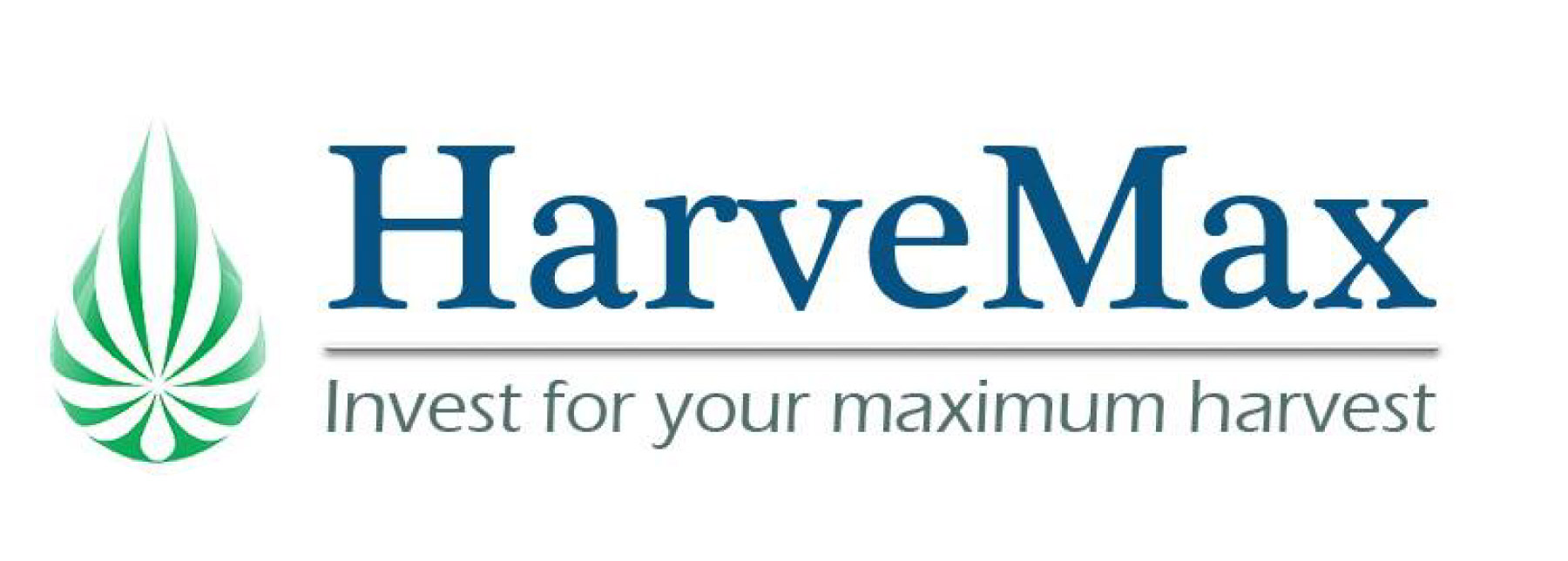
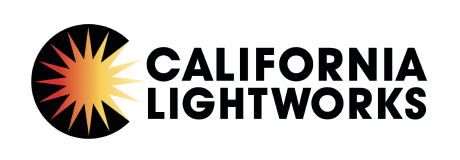
.jpg)
